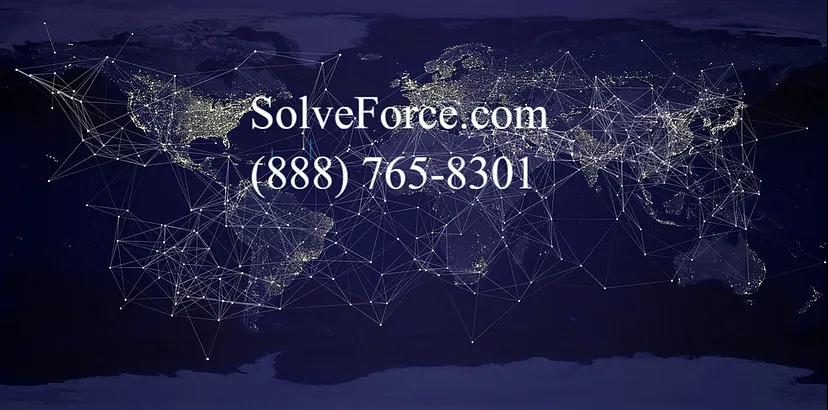
Telecommunications solutions encompass a vast array of services and technologies designed to facilitate communication over distances. These solutions allow for the transmission of voice, data, video, and multimedia information across various platforms and networks. Below is an overview of some of the primary telecommunications solutions available in the industry:
1. Landline Telephony:
– Traditional wired phone service.
– Analog (POTS – Plain Old Telephone Service) or digital (ISDN).
2. Mobile Telephony:
– Cellular networks that provide wireless communication.
– Technologies include 2G, 3G, 4G, and the latest 5G.
3. Broadband Internet:
– High-speed internet access over DSL, cable, satellite, or fiber-optic lines.
4. Satellite Communications:
– Provides communication services using satellites, especially useful in remote areas.
– Direct-to-home satellite TV, satellite phones, and satellite-based internet.
5. VoIP (Voice over Internet Protocol):
– Allows for voice calls using the internet rather than traditional phone lines or cellular networks.
– Solutions like Skype, Zoom, and enterprise-level systems.
6. VPN (Virtual Private Network):
– Creates a secure, encrypted connection over the internet to protect data transfer from eavesdropping.
7. Unified Communications:
– Integrates various communication tools like voice, video, email, instant messaging, and conferencing into a single platform.
8. IPTV (Internet Protocol Television):
– Delivers television content over IP networks instead of traditional satellite or cable.
9. Cloud Communications:
– Hosted in the cloud, these solutions offer services like cloud PBX, cloud voicemail, and cloud contact centers.
10. SD-WAN (Software-Defined Wide Area Network):
– Allows enterprises to build high-performance WANs using lower-cost and commercially available internet access.
11. IoT (Internet of Things) Connectivity:
– Solutions that provide connectivity to smart devices and sensors, enabling them to collect and exchange data.
12. Fiber Optics:
– Uses thin strands of glass or plastic to transmit data as light pulses. Offers higher bandwidth and faster speed than traditional copper lines.
13. Wireless Broadband:
– Provides high-speed internet and data network access over a wide area via wireless channels.
14. Ethernet Services:
– Dedicated connectivity solutions for businesses, providing reliable and high-speed data transfer.
15. Data Centers and Colocation:
– Facilities that host enterprise servers and data storage, often equipped with backup power, cooling, and advanced security measures.
16. Network Security Solutions:
– Tools and services designed to protect the integrity and security of data and communications.
Each of these solutions serves specific needs and is designed for various use cases, from personal communication to large enterprise operations. As technology advances, so does the range and capabilities of telecommunications solutions, emphasizing the sector’s importance in our increasingly connected world.
